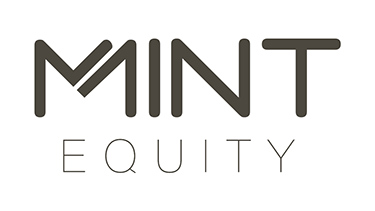12 months ago, lenders were offering standard variable home loans at between 5% to 6% interest; some were even higher. Now these variable rate home loans are as low as 3.64%. Unfortunately, not all lenders have passed on these rate cuts, which means if you’re paying a higher interest rate, your mortgage could be costing you thousands more in interest per year. Let’s look at an example.
A $500,000 home loan at 6% over 30 years has a monthly repayment of $2,997 with the total interest repaid over the term being $1,079,190. However, if you secure a home loan at 3.64% for the same loan amount, over 30 years, then your repayments drop to $2,284 per month, and you’ll pay $322,412 in interest over the loan’s term. Consequently, saving you $8,556 per year, or $256,778 in interest over the duration of the loan.
So how can you give your mortgage the attention it needs? Let’s look at your options.
Review and refinance
Many people think that refinancing is difficult, but it is as simple as reviewing your home loan interest rate and features, and then comparing these to others on the market. Next, calculate any savings, and costs, before deciding which home loan is best. You can then refinance by contacting the lender with the best deal, or you can use a mortgage broker’s services.
Brokers make refinancing simplified. An initial conversation with a mortgage broker like Mint Equity will help you identify what options are available. The broker will help you do the rest. Plus, with advanced comparison tools, a broker can often find a better home loan deal than you initially thought possible. A broker may also be able to renegotiate your existing home loan rate so that you don't even need to refinance.
Break free of a fixed rate
Apart from being able to refinance your home loan at a cheaper rate and saving, other advantages of breaking free of a fixed rate home loan include making additional home loan repayments and using offset accounts and other money-saving features. However, it’s also important to consider the disadvantages, such as your repayment amounts changing with the market rate and you incurring break costs when you refinance. Though in some instances, break costs are far less than borrowers realise, this is due to legislation changes where lenders can only charge for financial losses incurred over the fixed term. Also, break costs are typically only charged when a fixed rate home loan is secured at a higher rate than the current market rate.
Release home equity
By refinancing, you can release your home equity, calculated by taking the amount you owe on your home from its current market value. You can use a portion of your home equity as a financial buffer so that you can cover any unexpected costs or carry out home improvements or renovations. You just need to bear in mind that the amount of equity you use will increase your existing mortgage by this sum, and it will incur interest.












